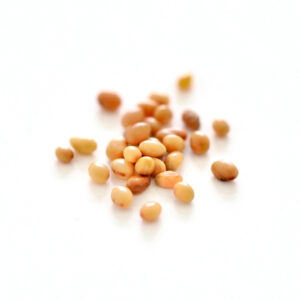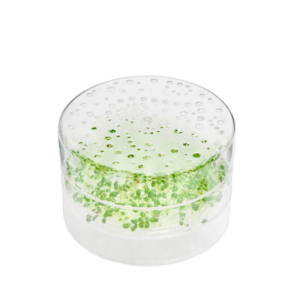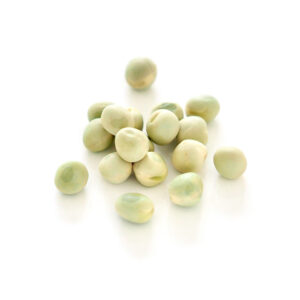QU’EST-CE QU’UNE POUSSE?
You may wonder…What is a sprout?
The definition of a sprout is a seed that is either germinated until it has formed a root or until it has developed its first set of leaves.
Plants that have grown longer than the seedlings are referred to as microgreens, baby leaf, baby lettuce and more.
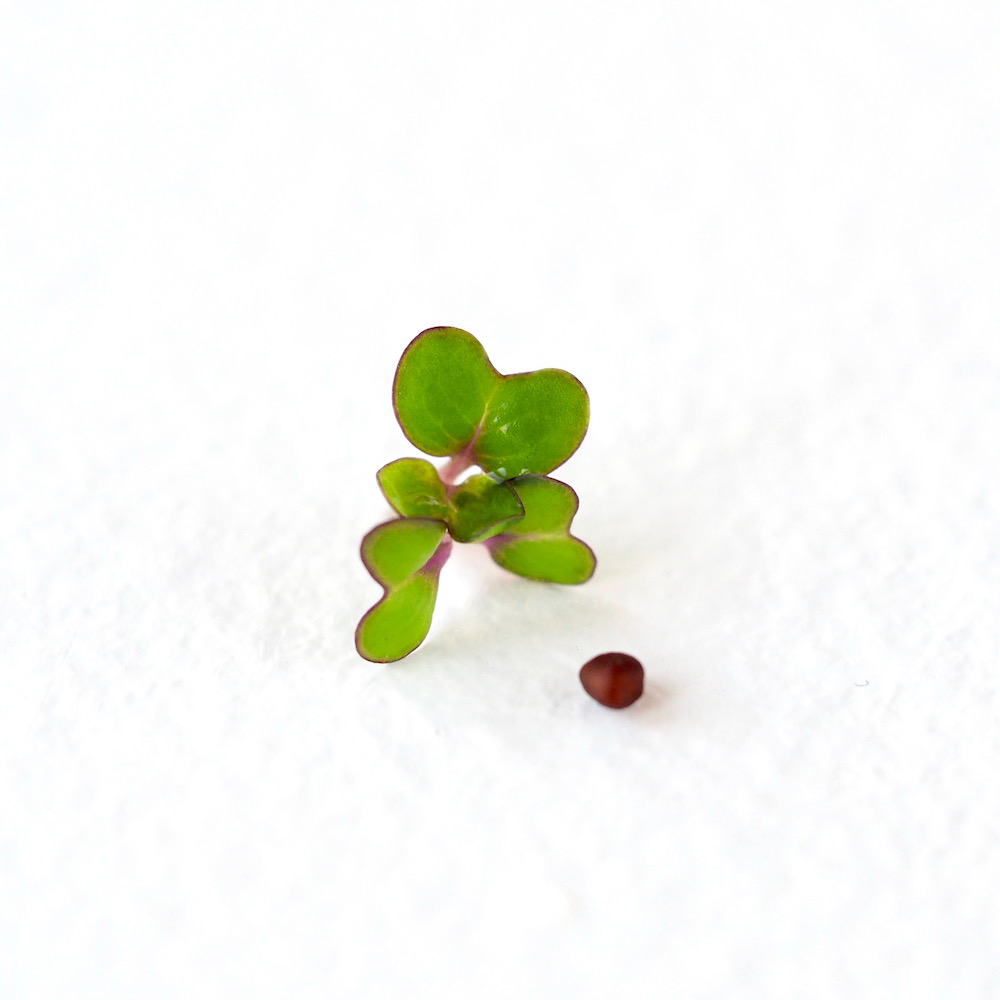
SPROUTS OR SEEDLINGS
If I should be completely technically correct a ‘sprout’ is only the little white tip, which grows out of your sprout seed and eventually develops leaves at the end.
A seed may thus ‘sprout’. It is not ‘a sprout’. Not even when the plant gets bigger. Scientifically the right name for such a little plant is ‘seedling’.
SPROUTS – A LOVING TITLE
So why do I call the whole group of small plants ‘sprouts’ at this portal, in my videos, books and shop?
This is because ‘sprouts’ is an easy and affectionate name which sprout growers has embraced since sprouting became popular many years ago.
So technically today the name cover all types of homegrown miniplants grown in boxes without soil, fertilizer or artificial light.

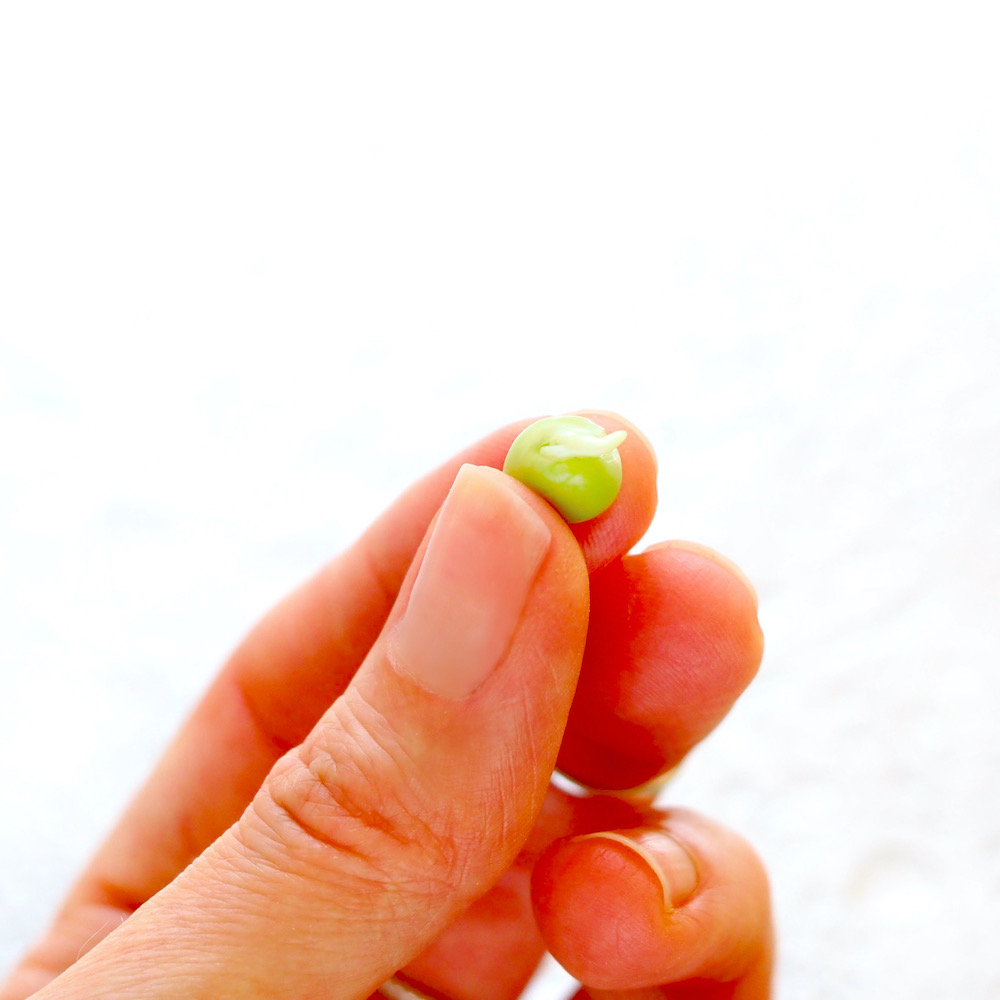
WHAT DO SPROUTS GROW FROM?
Sprout cultivation is possible because sprouts grow only on the nourishment that is stored in the seeds. The plants therefore neither need fertilizer nor soil.
This means that you only have to rinse the seeds and sprouts with fresh tap water twice a day. Nature takes care of the rest!
For this reason the small plants do not even need much light. They grow fine in the little light that is in a shady corner of your kitchen. This all makes sprout cultivation easy and hygienic.
THE PURPOSE IS NUTRIENTS
The purpose of sprouting certain seeds, grains, beans, lentils and peas and eat them raw is to gain greater benefit from all the nutrients.
Nutrients such as vitamins, minerals, protein and antioxidants are usually lost when you heat cook the ungerminated seeds, grains,
beans and lentils. Through sprouting you achieve, however, that the otherwise inaccessible nutrients in the dry seeds, are distributed throughout the little plant.
A plant that is easier to chew and digest for your body. And so you get more nutrients from the sprouts.
LIMITED NUTRIENTS IN SPROUTS
But there is only a limited amount of nutrients in the seed. Nature has created seeds to only nourish the plant to grow to the stage where it unfolds its first set of leaves.
Therefore you should harvest and eat the sprouts no later than a few days after they have unfolded the small leaves, if your primary goal of sprouting is nutritional benefits.
If you grow them for fun, taste og their beauty in your dishes, you can easily let them grow a little longer.
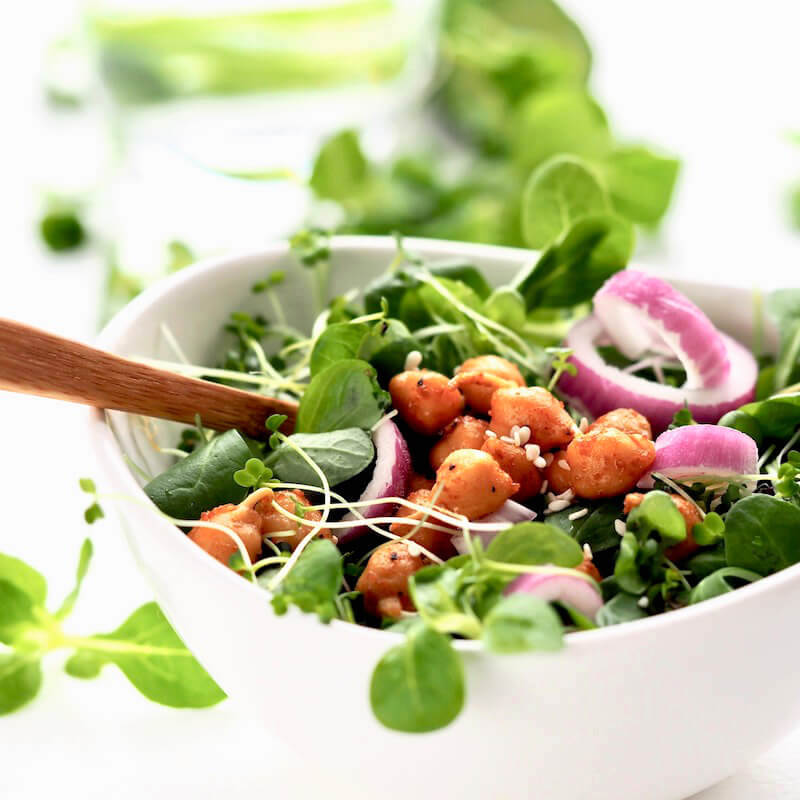
WHAT CAN YOU SPROUT?
You should not just sprout any seed you come across.
Some seeds, lentils, beans and peas are not suitable for sprout cultivation as they contain certain toxins – for example lectins in beans and lentils.
An easy rule of thumb is only to grow sprouts of varieties that are sold specifically for sprout growing from professional suppliers, that you can see knows about sprouting.
Alternatively, you can find a complete list of 44 suitable sprout varieties in my book FRESH SPROUTS – a guide to sprouting.




